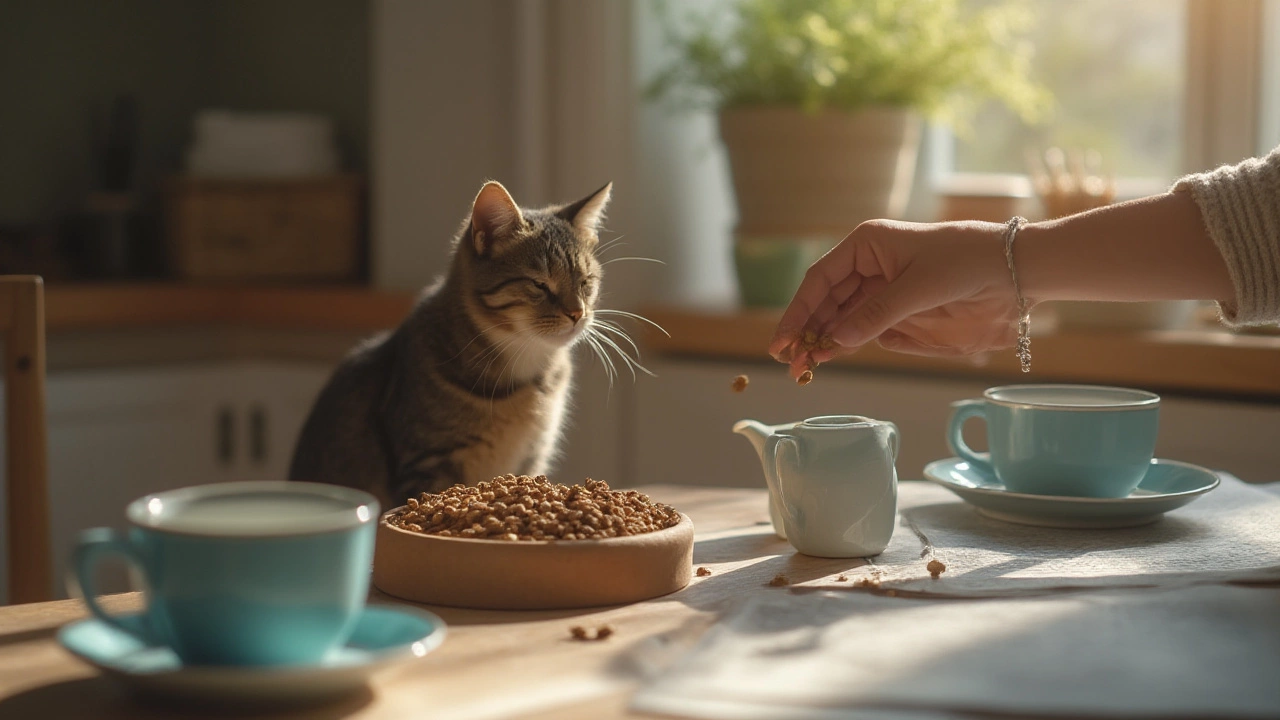Cat Eating Habits: What Every Owner Should Know
If you’ve ever wondered why your cat meows at the bowl at odd hours, you’re not alone. Understanding cat eating habits can prevent weight gain, keep the kitty energetic, and avoid costly vet visits. Below you’ll find straight‑forward guidance you can start using today.
How Often Should You Feed Your Cat?
Most adult cats thrive on two meals a day – one in the morning and one in the evening. Splitting calories this way mimics a cat’s natural hunting pattern and keeps blood sugar steady. Kittens need more frequent meals, usually three to four times, because they burn energy fast and grow quickly.
If you prefer free feeding (leaving food out all day), choose dry kibble and monitor intake closely. Cats are natural grazers, but many will overeat when food is always available. Weigh the food each morning and adjust the amount if you see weight changes over a week.
Special cases – senior cats, cats with diabetes, or those on a weight‑loss plan – often require smaller, more frequent meals. Talk to your vet about an appropriate schedule and stick to it.
Choosing the Right Food and Portion
Wet food packs more moisture, which helps with hydration and urinary health. A mix of wet and dry gives variety and covers both water needs and dental benefits. Look for a label that lists a real protein source (like chicken or fish) as the first ingredient and avoids excessive fillers such as corn or wheat.
Portion size depends on the cat’s weight, activity level, and the calorie content of the food. Most manufacturers list a feeding guide on the bag – treat it as a starting point, not a rule. Use a kitchen scale for accuracy; a typical adult cat needs about 20‑30 calories per pound of body weight per day.
Watch for signs your cat is eating too much or too little. Frequent begging, a constantly full bowl, or rapid weight gain point to overfeeding. Conversely, a skinny cat, constant meowing at the bowl, or frequent litter box trips can signal under‑eating or health issues.When switching foods, do it gradually over a week. Mix a small amount of the new food with the old, increase the new portion each day, and watch for digestive upset.
Treats should stay under 10% of daily calories. Choose low‑calorie options, like small bits of cooked chicken or store‑bought treats labeled “healthy”. Over‑treating is a common cause of obesity.
Finally, keep fresh water available at all times. Even cats that eat wet food need extra hydration, especially in warm weather. A water fountain can encourage drinking and prevent urinary problems.
By sticking to a consistent schedule, picking high‑quality food, and monitoring portions, you give your cat the best chance at a long, energetic life. Small adjustments now can save you time, money, and worry later. Happy feeding!
- Morgan Ainsworth
- 0 Comments
Do Cats Stop Eating When Full? Understanding Cat Feeding Behavior
Get the facts on cat eating habits. Learn if your cat will stop eating when full, the risks of overfeeding, and how to feed your feline for best health.
View More
